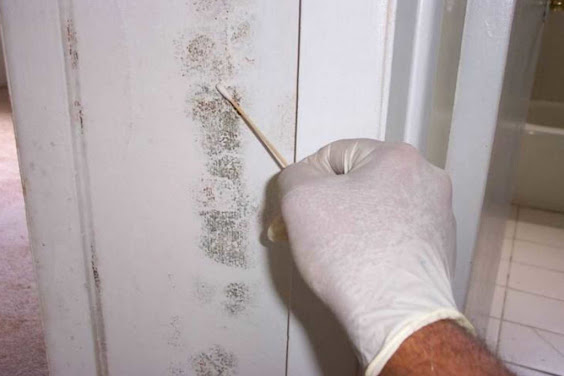What types of mould can swab testing detect?

Mould is an unwelcome guest in any home or business, often lurking unseen until it becomes a major problem. If you’ve noticed musty smells, discoloured patches on walls or ceilings, or an increase in allergy-like symptoms, you might have a mould issue. But how do you know what type of mould you’re dealing with? This is where mould swab testing comes in. Mould swab testing is a simple yet effective way to identify the types of mould present in your environment. It involves using a sterile swab to collect samples from surfaces suspected of being contaminated. These samples are then sent to a lab for analysis, giving you a clearer picture of the mould species in your home or workplace. But what kinds of mould can this method detect? Let’s dive in. 1. Allergenic Moulds Allergenic moulds are some of the most common culprits behind respiratory issues and allergic reactions. They can trigger symptoms such as sneezing, runny nose, itchy eyes, and even asthma attacks in sensitive individuals...


